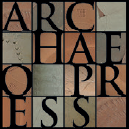
Publishing Scholarly Archaeology since 1997
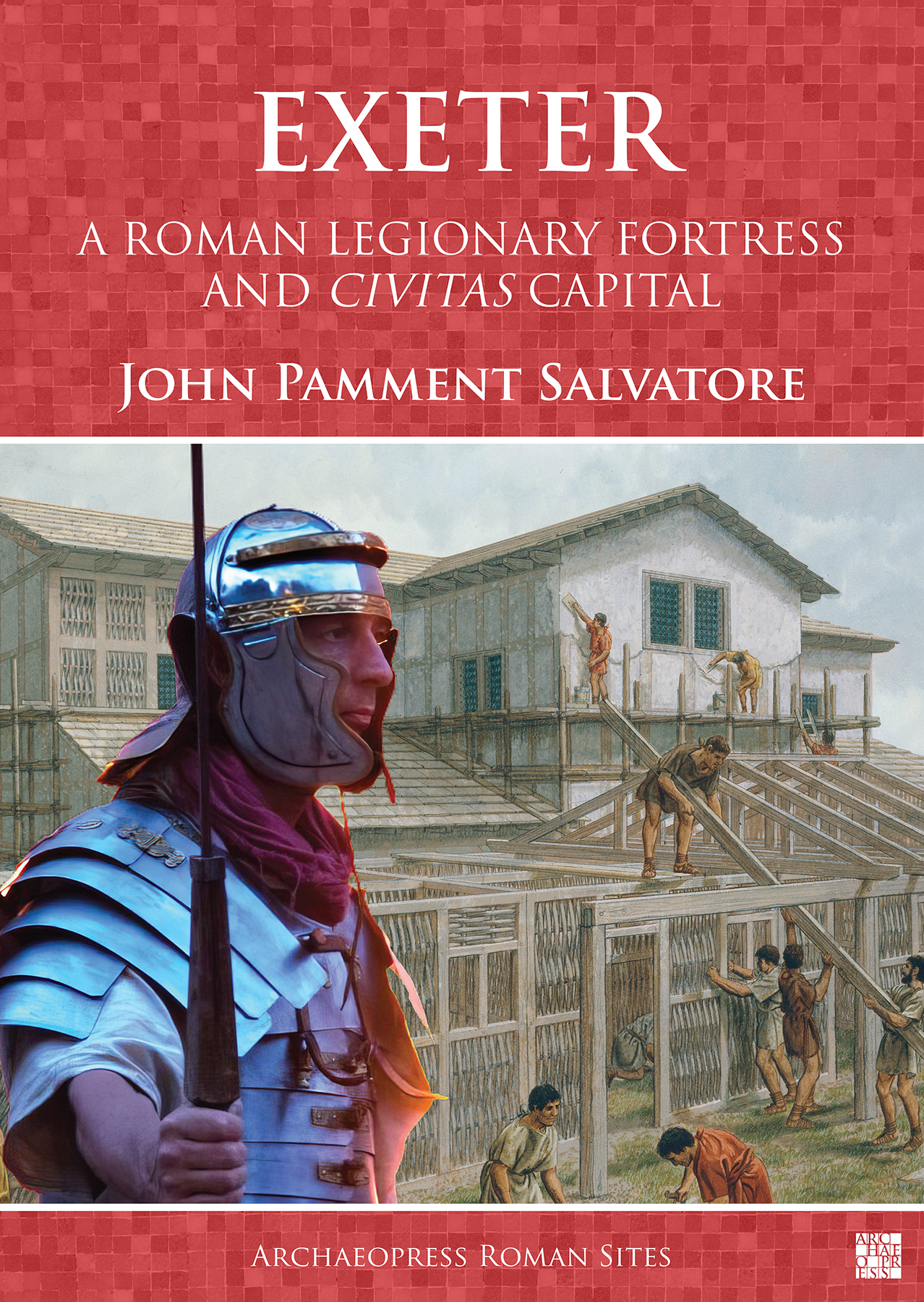
Download Sample PDF
H 245 x W 174 mm
178 pages
122 figures (colour throughout)
Published Feb 2024
ISBN
Paperback: 9781803276281
Digital: 9781803276298
Keywords
Exeter; Devon; Roman Britain; Military; Fort; Legionary Fortress; British Archaeology
Related titles
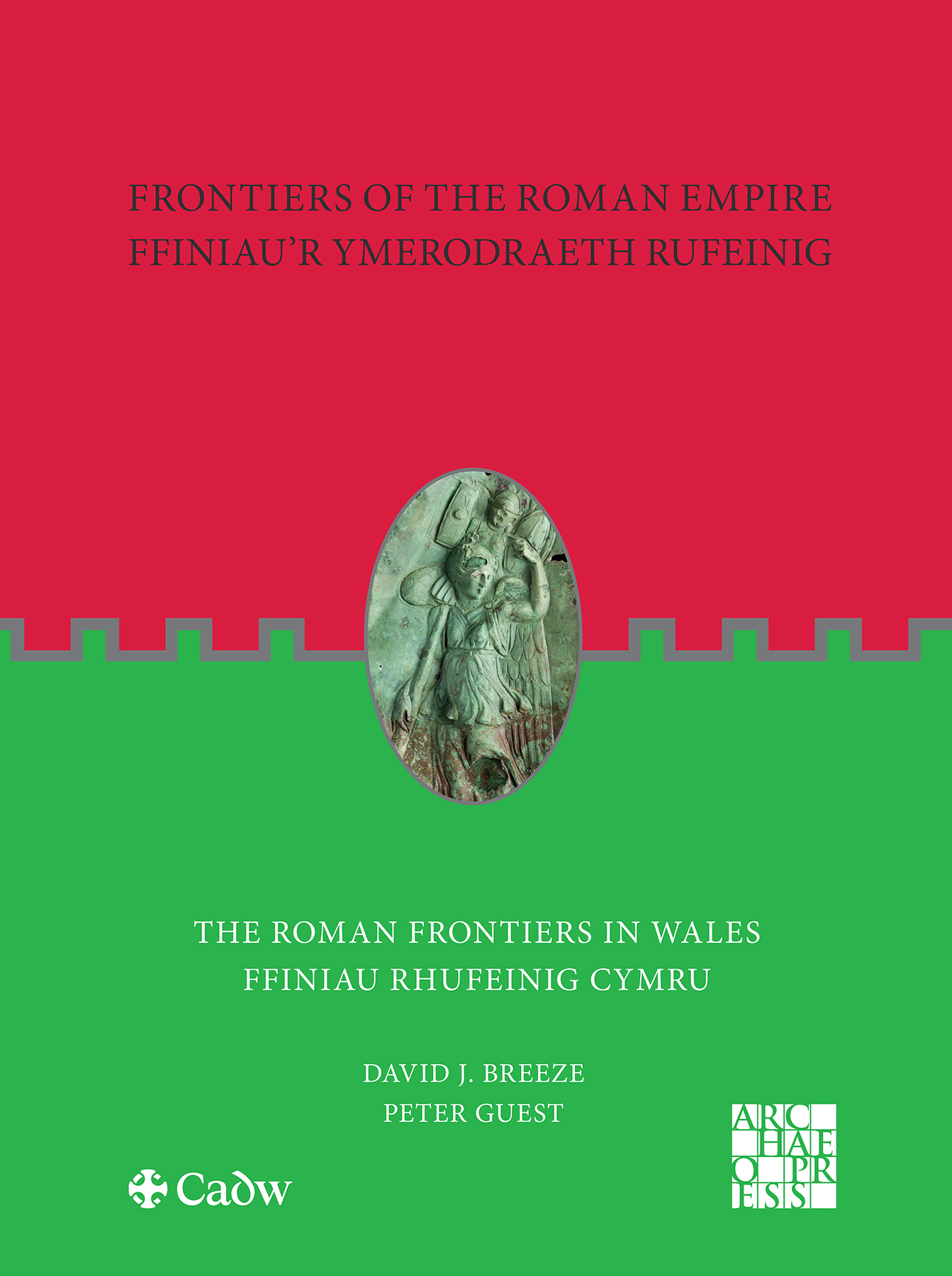
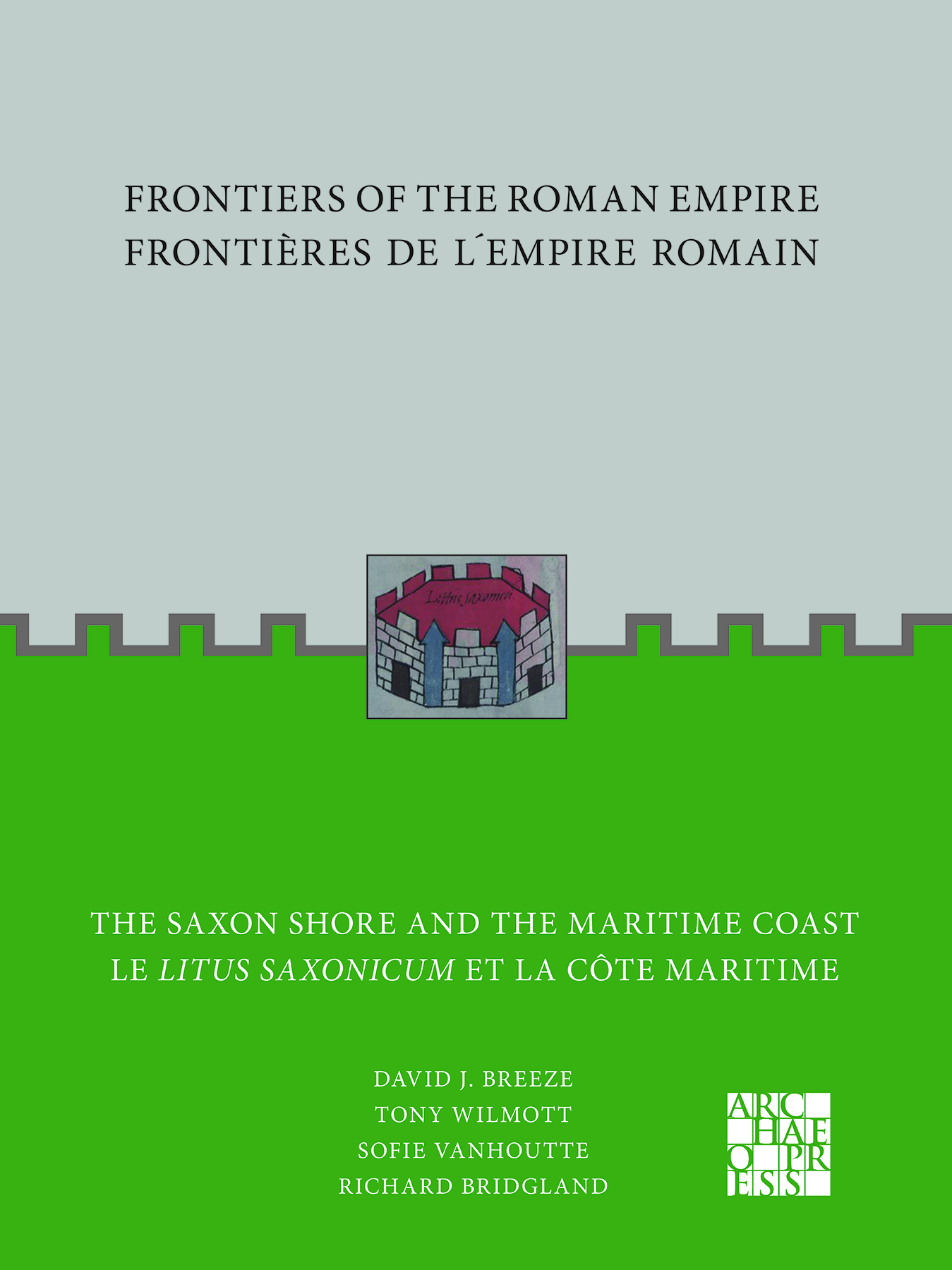
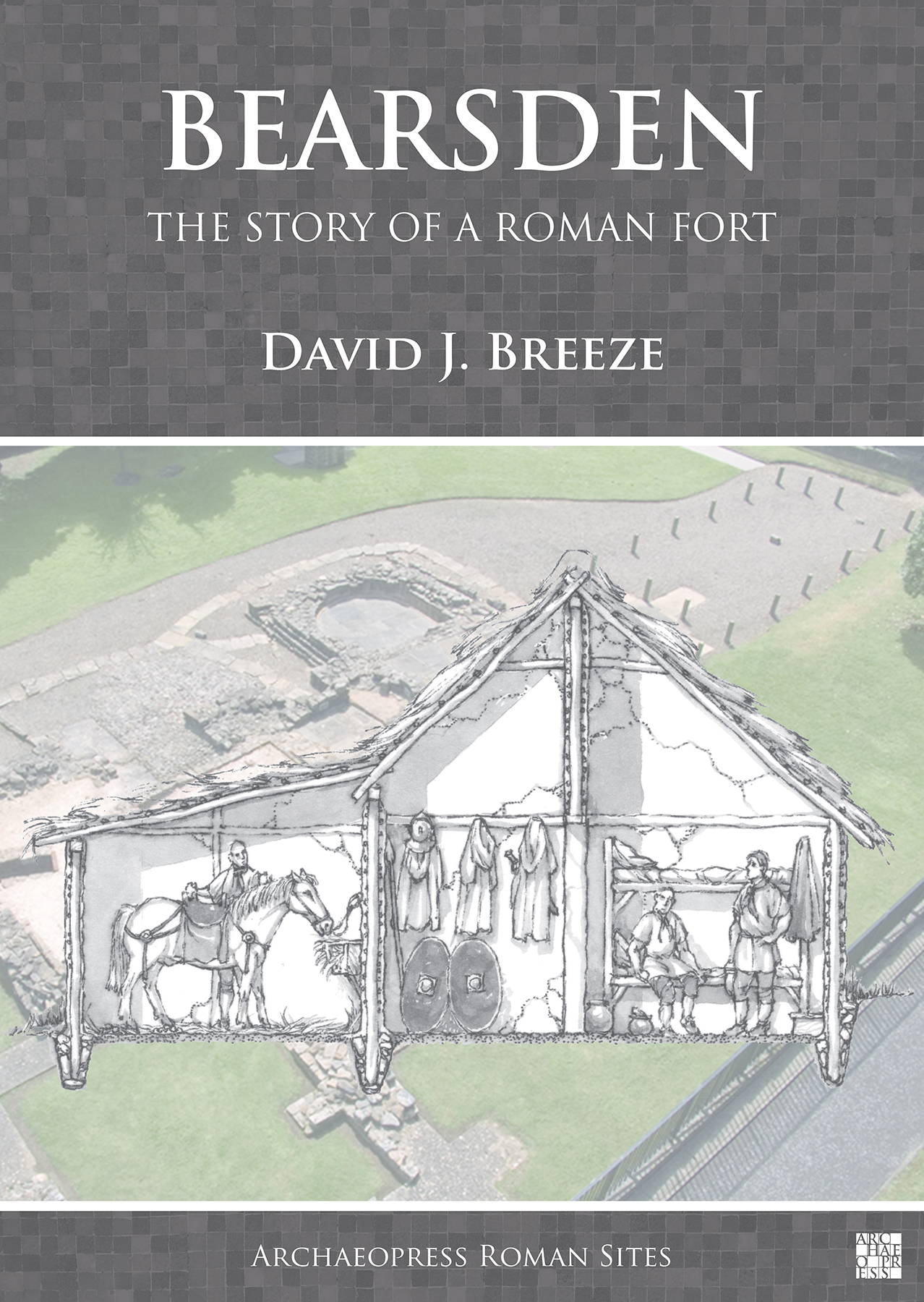
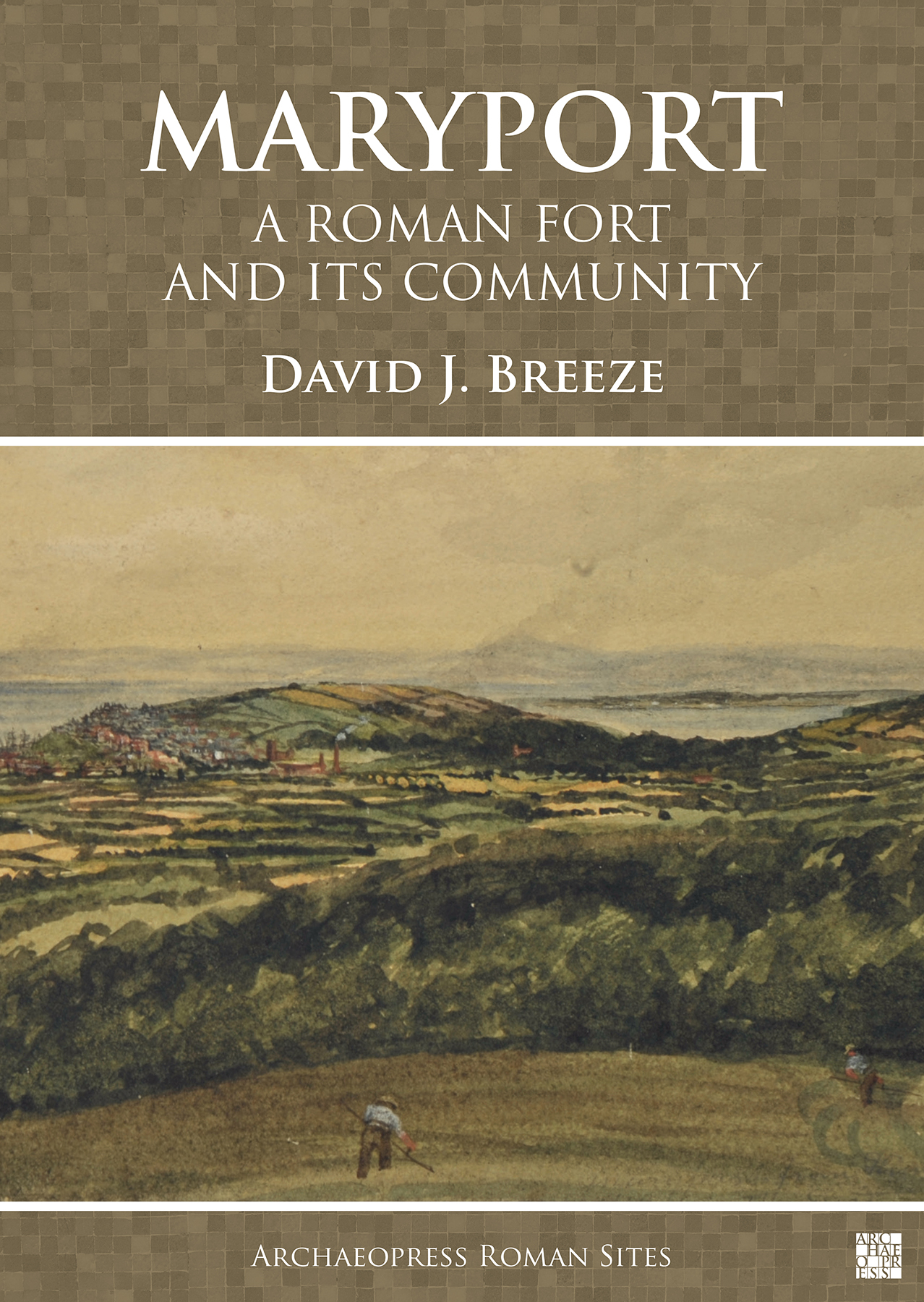
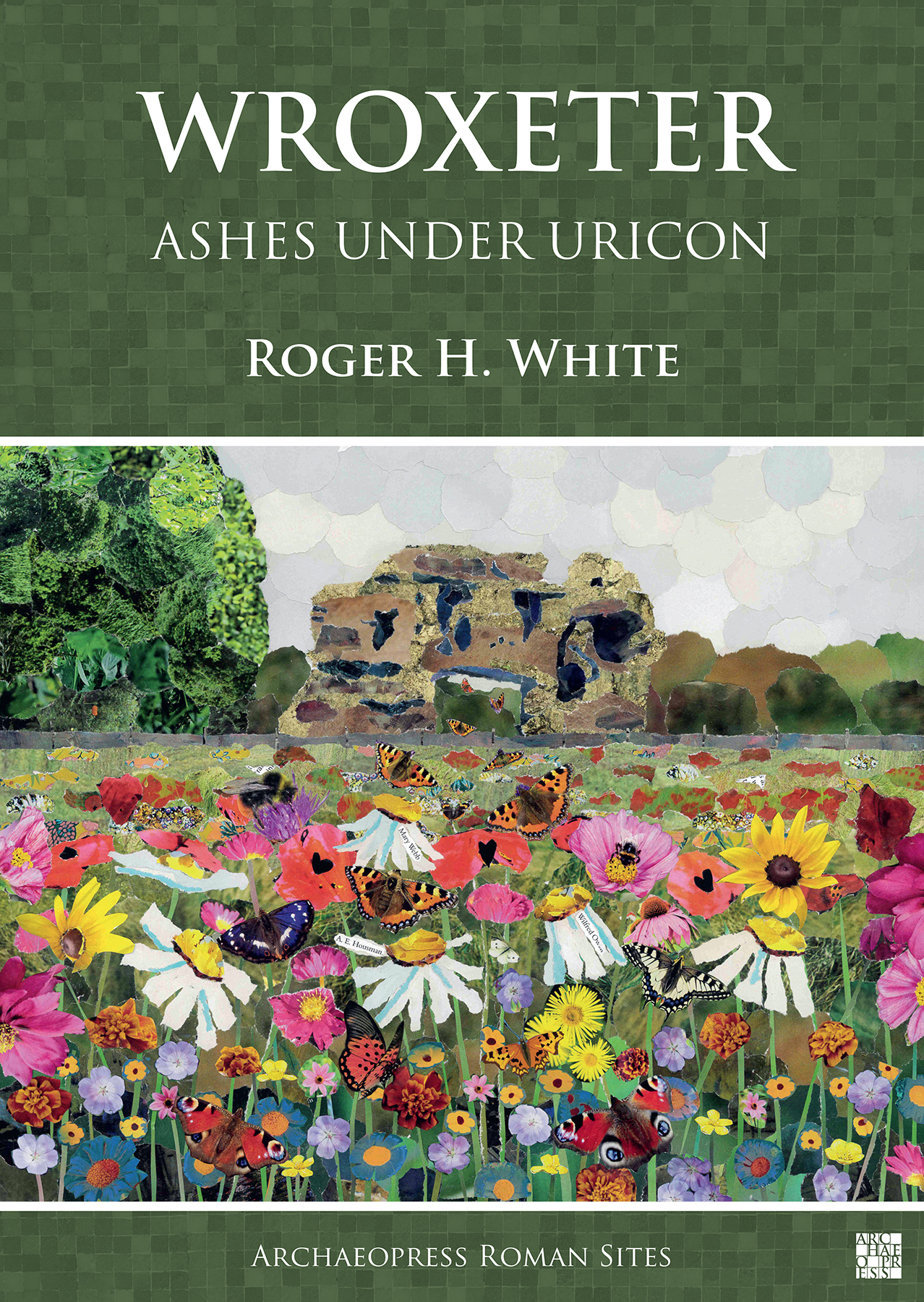
Archaeopress Roman Sites Series
Exeter: A Roman Legionary Fortress and Civitas Capital
This accessible summary of the archaeological evidence from Roman Exeter reveals its origins as a legionary fortress garrisoned by the Second Augustan Legion. After the legion departed to Wales, Exeter became a Roman regional capital and continued to flourish on the very western edge of the Empire before its ultimate demise in the late 4th century.
Contents
Author’s Note
General Notes
Introduction
The Roman army arrives at Exeter
The Legionary Fortress (and its stone-built bathhouse)
Extra-mural sites of the prata legionum
The fortress and its garrison at the time of the Boudican revolt
Exeter as a Roman town and Civitas Capital
Late Roman Exeter
The end of Roman Exeter and the beginning of a new story
Final Thoughts
Further reading
Index
About the Author
John Pamment Salvatore began his archaeological career in 1972 with the Exeter Museums Archaeological Field Unit, undertaking multi-period excavation in the historic city under the tutelage primarily of the late Christopher Henderson. After a decade ‘in the field’ he left for Birmingham University where he gained a degree in Ancient History and Archaeology before completing a Doctorate on the Roman Republican siege-camps of Numantia in Spain. Returning to Exeter in the early 1990s, he had two subsequent spells with the Exeter Unit, interspersed with eight years at English Heritage and some time as the City Archaeologist at Plymouth. He was back at the Exeter Unit (by then known as Exeter Archaeology) when it was wound up in 2011. Following the disappearance of the city’s ‘own’ unit he spent the next decade working on various archaeological projects of all periods. However, he never lost his first heartfelt attachment to Exeter and its Roman past and he began to write this account of the Roman fortress and city only two weeks after his retirement in the Christmas of 2022.

 Add to wishlist
Add to wishlist